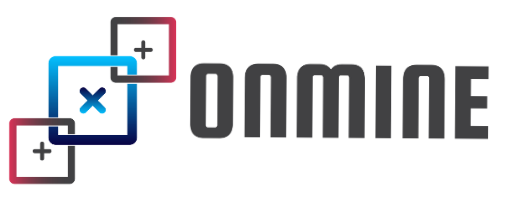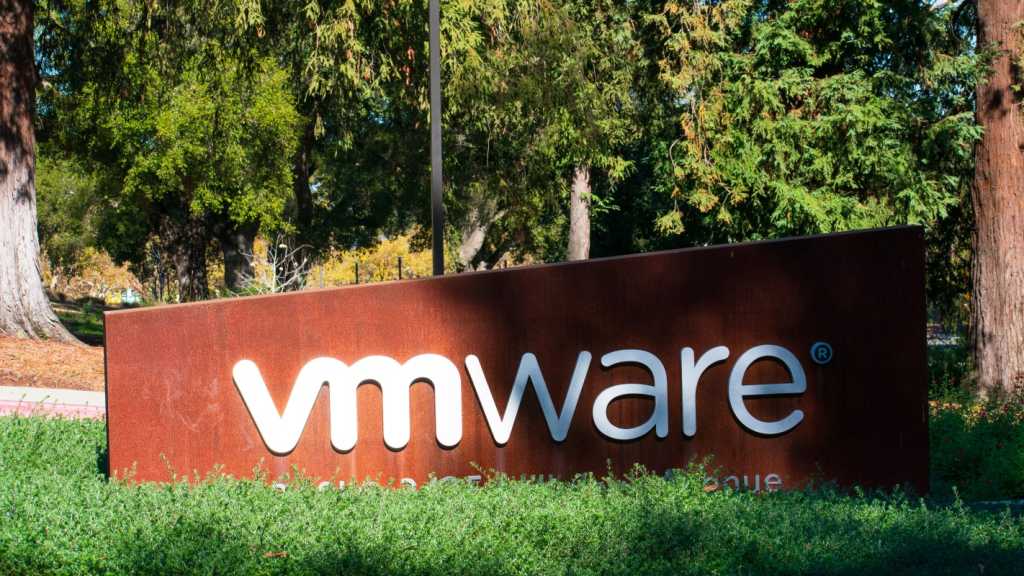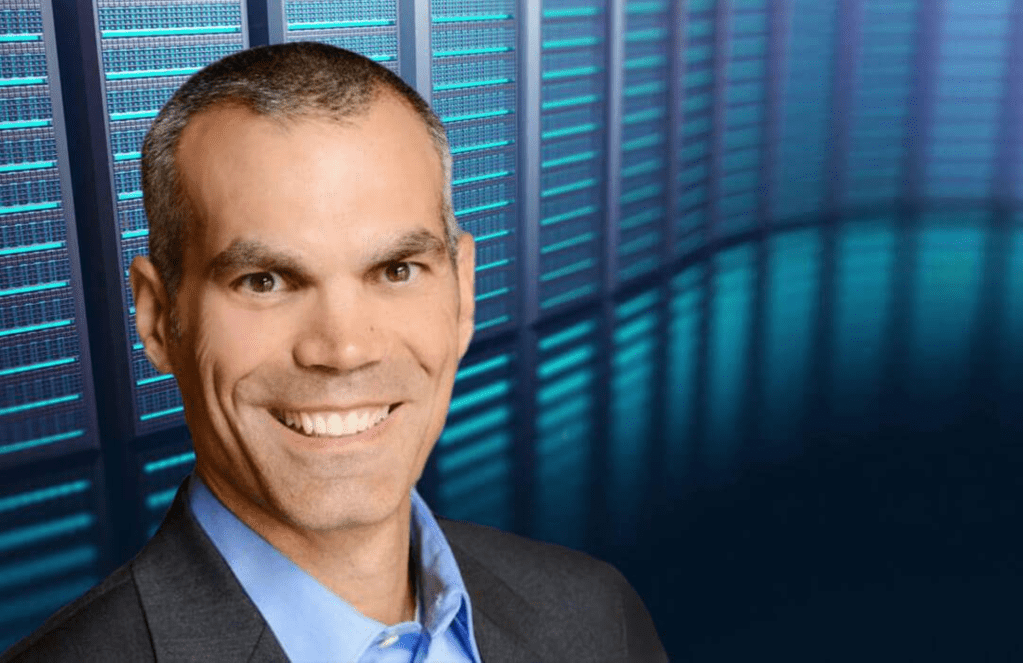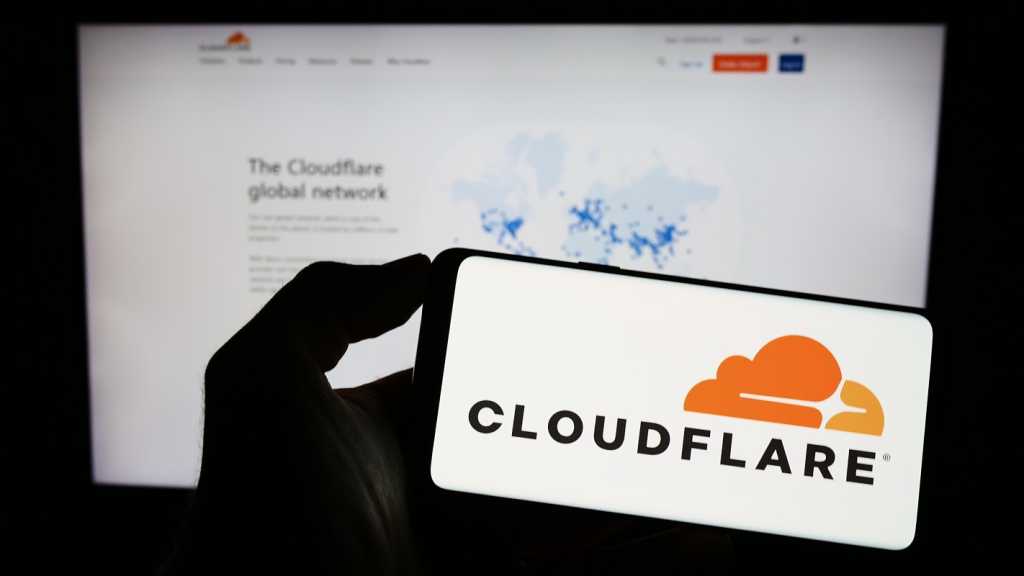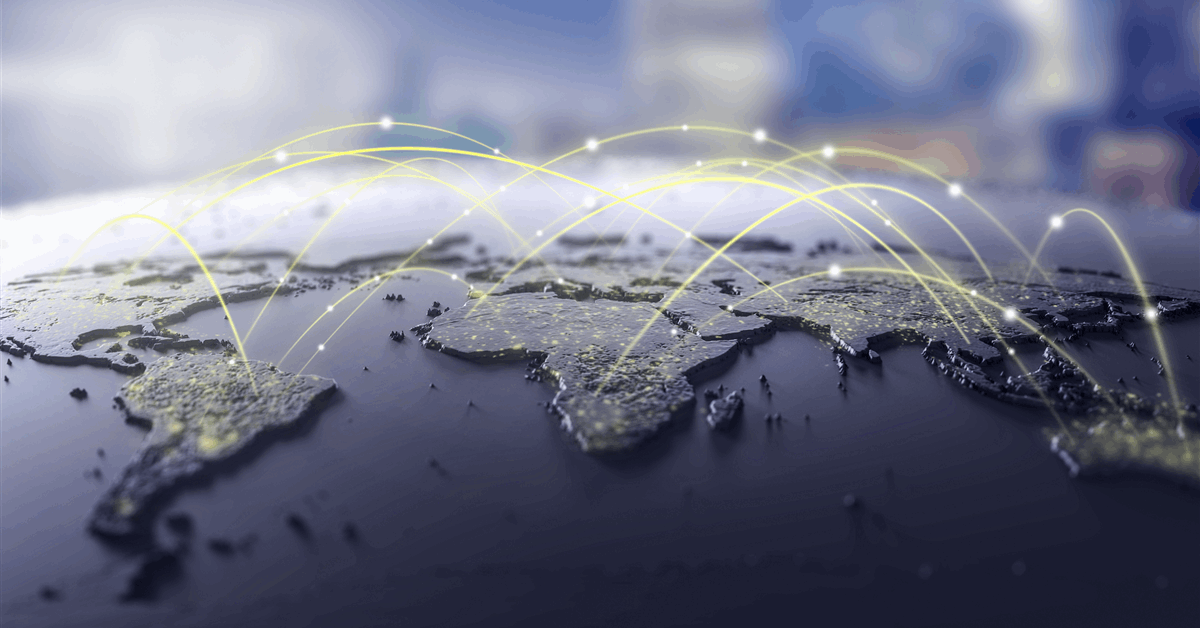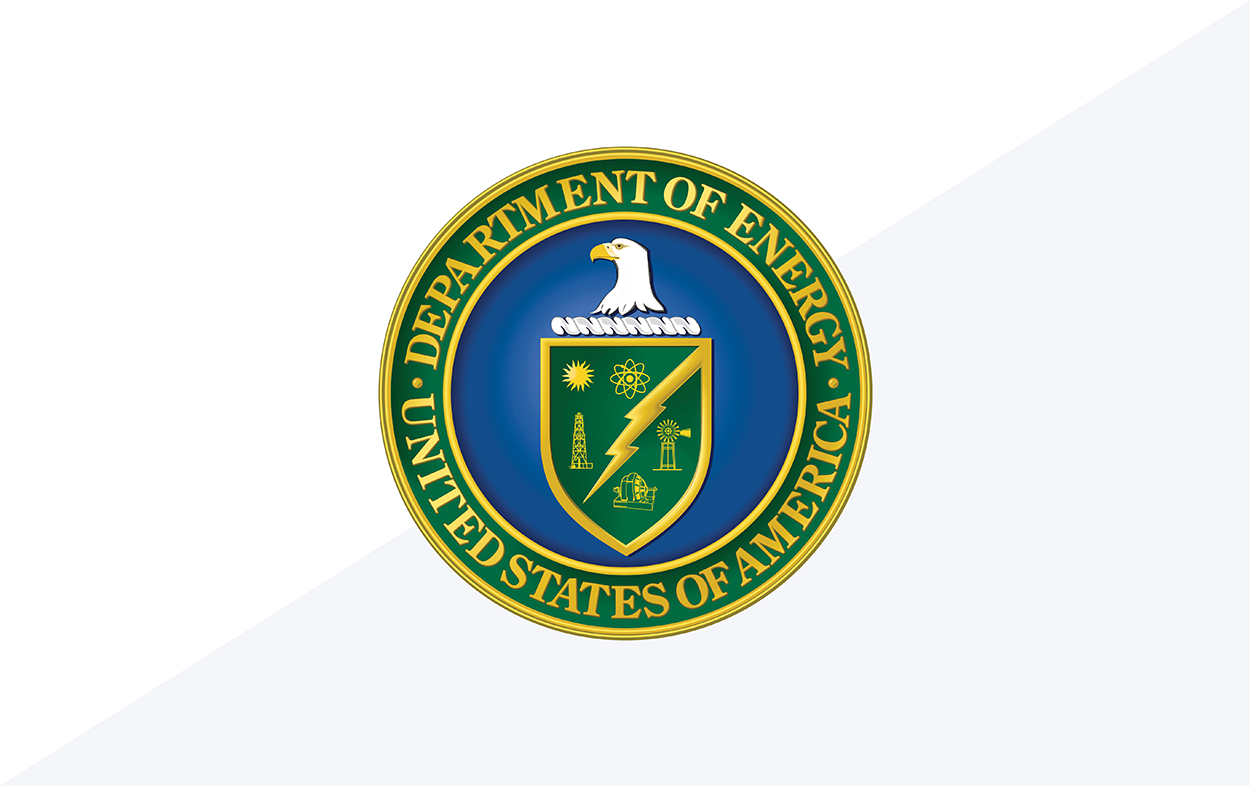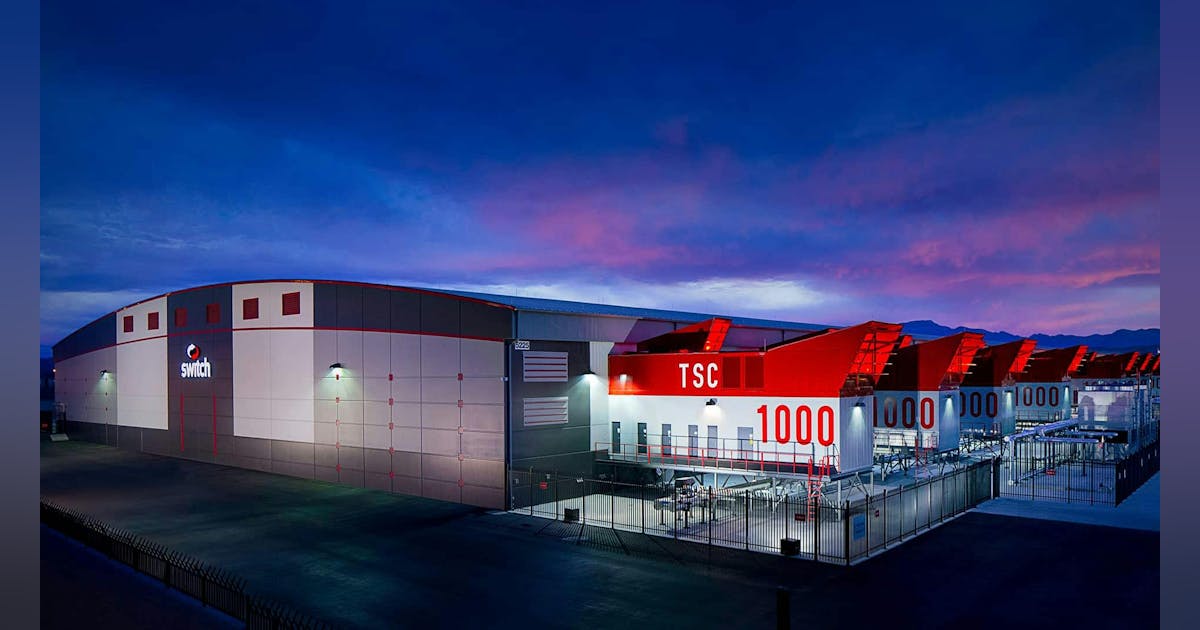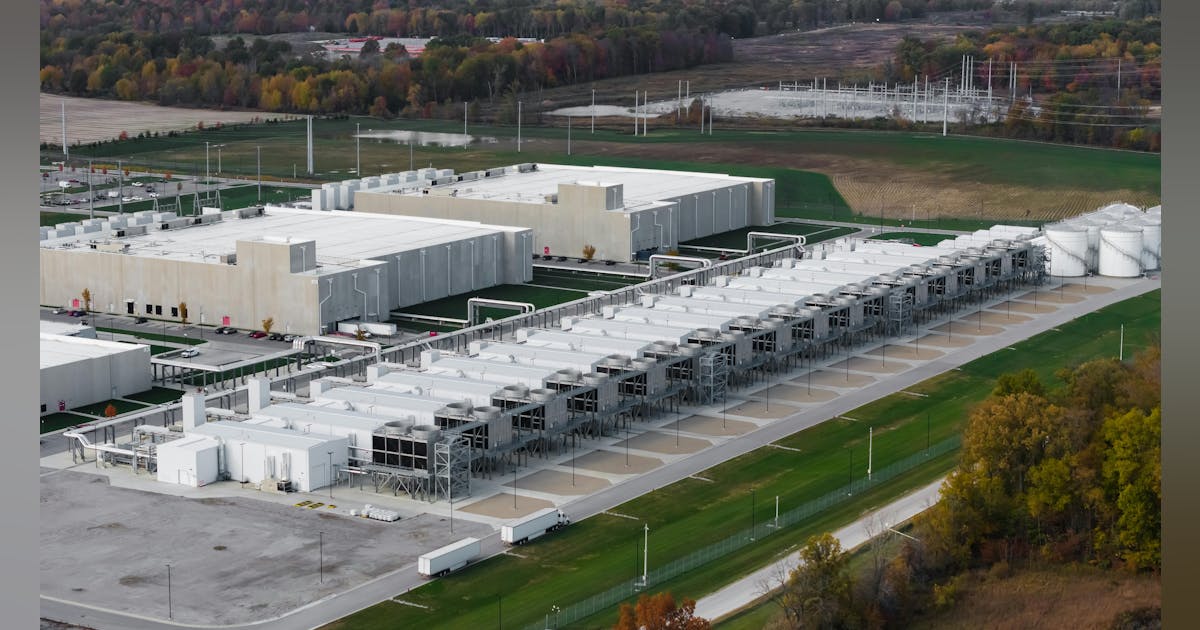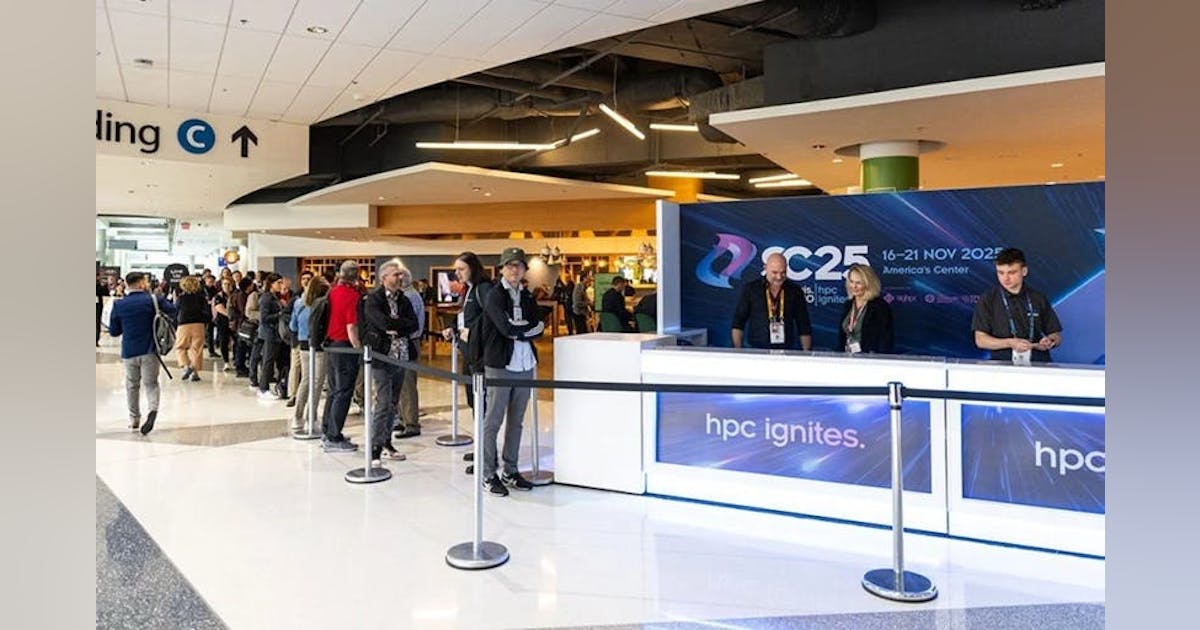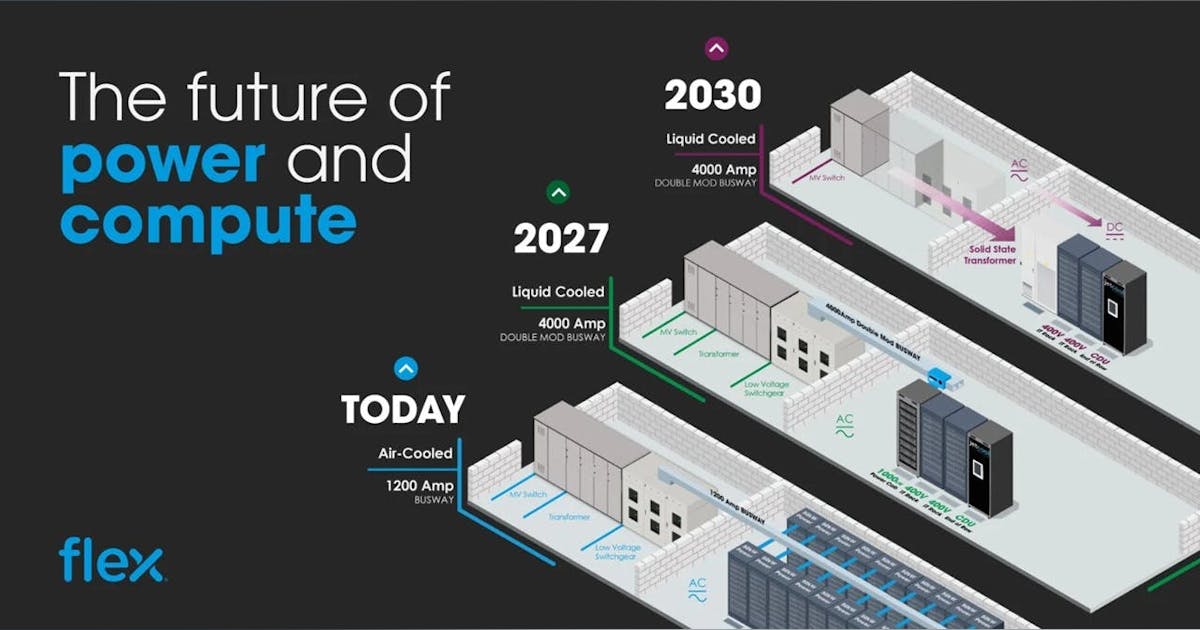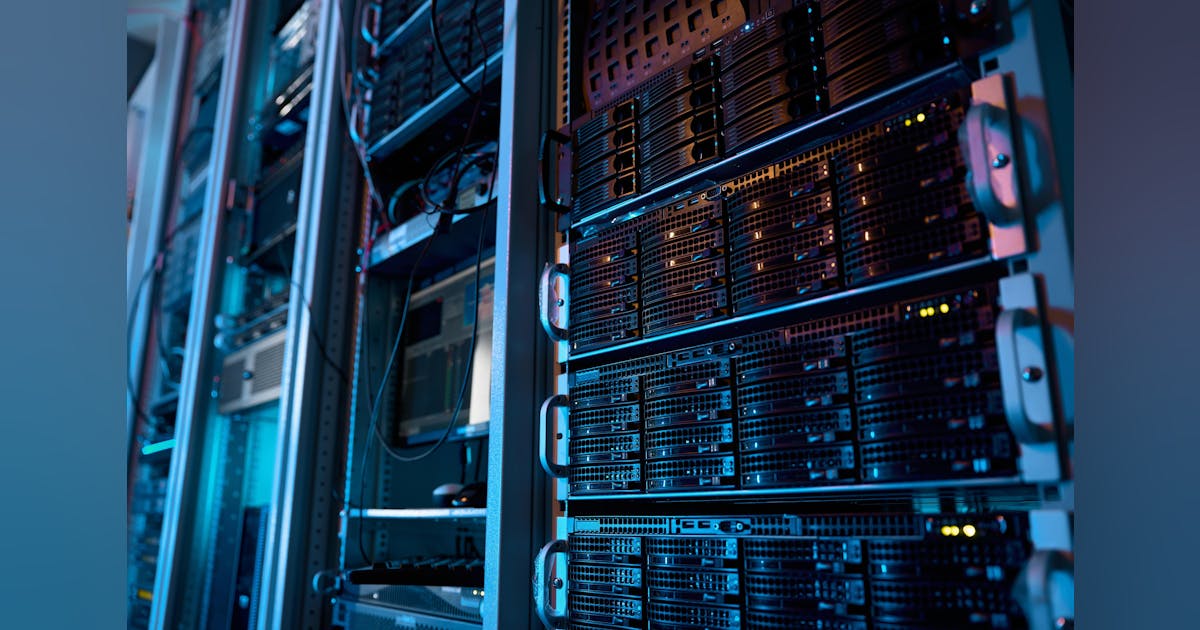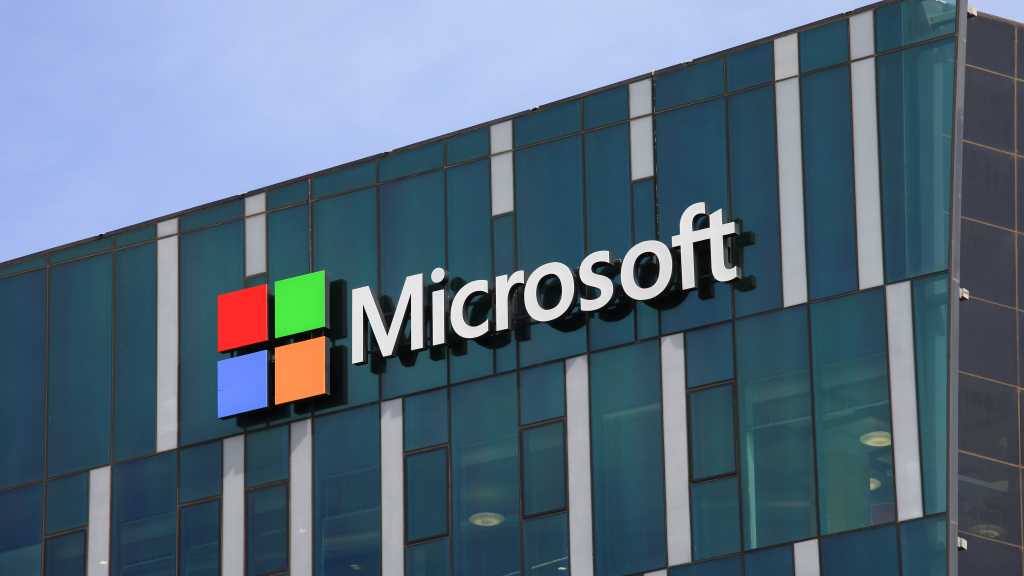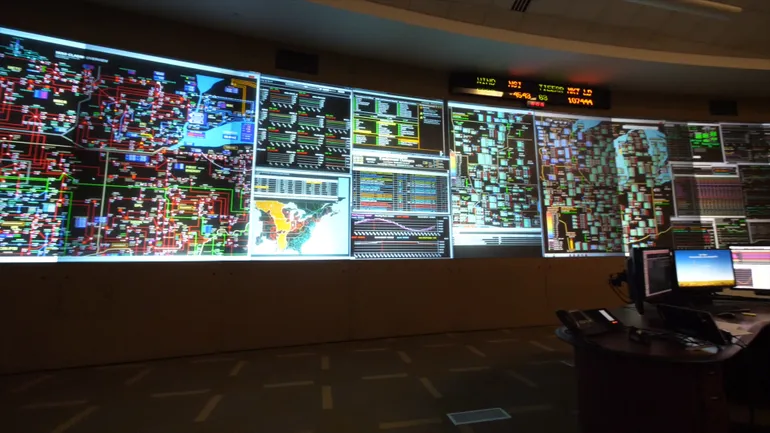
Dive Brief:
- The Midcontinent Independent System Operator on Monday asked federal regulators to approve an Expedited Resource Addition Study process, or ERAS, to provide a framework for the accelerated study of generation projects “that can address urgent resource adequacy and reliability needs in the near term.”
- MISO asked the Federal Energy Regulatory Commission to approve the ERAS proposal to be effective May 17. The grid operator is on pace for near-term capacity shortfalls, should resource retirements continue as planned, it said.
- MISO proposed for projects entering the ERAS process, as opposed to MISO’s standard Generator Interconnection Queue, to be studied serially each quarter and granted an Expedited Generator Interconnection Agreement within 90 days. Renewable energy stakeholders, however, warn the ERAS proposal “adds chaos to an already complex process.”
Dive Insight:
Recent surveys and forecasts demonstrate the urgency with which MISO needs to “address significant resource adequacy needs in its footprint that are compounded by the addition of unexpected large spot loads,” the grid operator told FERC.
NERC’s 2024 Long-Term Reliability Assessment projected MISO will experience a 4.7 GW shortfall by 2028 if the current expected generator retirements occur, the grid operator said. And last year the grid operator and the Organization of MISO States published a report warning of possible capacity shortfalls beginning this summer.
The ERAS proposal “is MISO’s answer to addressing these resource adequacy and reliability needs in the near-term,” it said in its proposal. “ERAS is a unique process which recognizes that the responsibility for providing grid reliability and resource adequacy in the MISO region is shared by Load Serving Entities … the states, and MISO.”
According to MISO’s application, as of March 13 its generator interconnection queue contained 1,603 active interconnection requests.
“This considerable backlog of applications is spread over all five of MISO’s study regions and includes queue cycles going back to 2019,” it said. “The queue size continues to be extraordinary and unprecedented — the 2023 queue cycle, the last to close in 2024, alone is 123 GW.”
Importantly, MISO said almost 70% of the total generation capacity that entered the 2017 and 2018 queue cycles was eventually withdrawn and “similar withdrawal rates are occurring in the later cycles as well.”
But the Clean Grid Alliance, which represents renewable energy stakeholders, said the ERAS framework “overcomplicates an already complex system.”
“ERAS has been introduced primarily to address the demands of a few states within the MISO footprint that are seeking to prioritize resources not currently in the existing interconnection queue, despite ample availability of generating resources that have completed the queue and are ready for commercial operations,” CGA Vice President, Transmission and Markets, David Sapper, said in a statement.
Even with a 21% completion rate, the queue has 18 GW of storage and hybrid capacity, and planned transmission expansion could increase that to 29 GW, “far exceeding the projected shortfall,” CGA said in a statement. “Furthermore, ERAS is moving forward before the full effect of recent queue reforms is seen, which has already reduced the queue by approximately 33%.”
The renewables group said it is advocating for solutions that “maintain open access, avoid delays to existing processes, and leverages faster-constructing resources that are already in the queue.”
“There is no need to upset the apple cart. Rather, we encourage MISO to embrace the simplest solution, which is to stick with their existing tariff because it already allows for expediting serious projects,” said CGA Executive Director Beth Soholt.
MISO’s existing Provisional Generator Integration Agreement “maintains competition, efficiency, and reliability and can quickly interconnect the most certain, non-speculative projects, including gas,” Soholt said. “It’s technology-neutral and inherently prioritizes the need. Existing processes can bring capacity online quickly, while maintaining open access that keep costs down. This fast and fair solution to meeting large load demands is good for everyone.”
MISO’s application assured regulators that “guardrails” will ensure that “only truly necessary and certain projects can enter ERAS.”
Projects must demonstrate 100% site control for the interconnection customer’s interconnection facilities, establish due dates for commercial operation, pay a nonrefundable deposit of $100,000 and a $24,000/MW milestone payment. They must also agree to pay for all necessary network upgrades.
MISO said it wants to sunset ERAS by the end of 2028, reflecting the grid operator’s “intention for these projects to be completed as soon as possible as well as providing MISO with sufficient time to complete other queue process improvements.”
